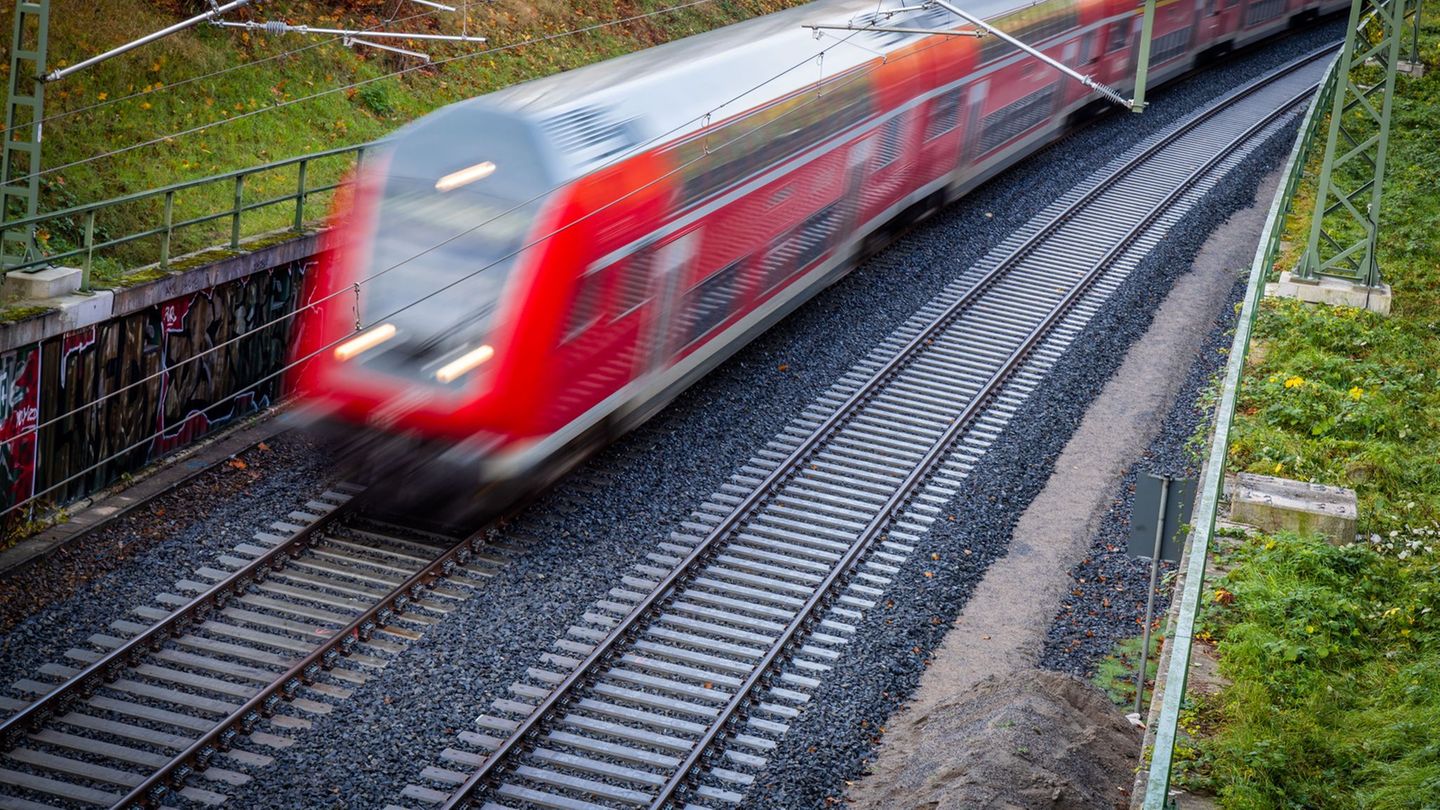Menu
To 2027: DB-Regio strives for failure rate of less than one percent
Categories
Most Read
Sports deal: Tom Tailor polo shirt more than half cheaper
October 20, 2025
No Comments
Second largest economy: China’s economy is growing more slowly – party discusses course
October 20, 2025
No Comments
the business climate of Argentine exporters
October 19, 2025
No Comments
Carlos Melconian warned that there are numbers that reflect a devaluation and that the dollar could reach $2,000
October 19, 2025
No Comments
Which are the provinces with the largest number of workers and what salaries do they pay?
October 19, 2025
No Comments
Latest Posts

Pharmaceutical industry warns: Association: Dependence on China endangers drug supplies
October 20, 2025
No Comments
Pharmaceutical industry warns Association: Dependence on China endangers drug supplies Copy the current link Add to wishlist Shortages of some medications, including fever syrups for

Kevin Costner’s ex-wife Christine Baumgartner: She is married again
October 20, 2025
No Comments
Lisa HarrisI am an author and journalist who has worked in the entertainment industry for over a decade. I currently work as a news editor

Basketball: Suddenly five title contenders: Germans are shaking up the NBA
October 20, 2025
No Comments
PierceI am Pierce Boyd, a driven and ambitious professional working in the news industry. I have been writing for 24 Hours Worlds for over five
24 Hours Worlds is a comprehensive source of instant world current affairs, offering up-to-the-minute coverage of breaking news and events from around the globe. With a team of experienced journalists and experts on hand 24/7.

